In a recent report by Savills World Research's Impacts, Vietnam increased its infrastructure spending from 2.5% of GDP in 2016 to 6% in 2020, as it pledged to create a comprehensive nationwide transport network by 2045.
That network will include 5,000 kilometers of highways, a deep-water port and two high-speed rail lines. The cornerstone will be Long Thanh International Airport near Ho Chi Minh City, which will serve 100 million passengers a year and handle 5 million tons of cargo. The first of four phases will open next year and the airport is expected to be fully operational by 2035.
The study also highlighted that a number of transport projects have spurred real estate development in Vietnam’s increasingly important tourism sector. More upscale hotels and retail are expected in the city and surrounding areas once the airport is operational. In addition, the additional cargo capacity will make life easier for manufacturing and logistics businesses, leading to demand for industrial and warehouse space.
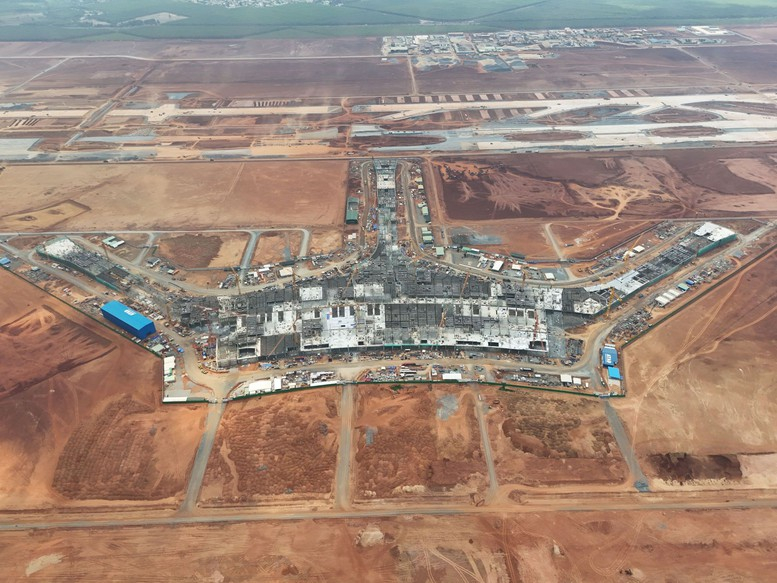
Construction progress of Long Thanh International Airport project is following closely on schedule.
According to Mr. Paul Tostevin - Director of Savills World Research, infrastructure projects can provide public benefits or improve economic activities, or both at the same time.
“Infrastructure projects create jobs – both during the initial construction phase and in the businesses that pop up afterwards. They also increase mobility, accessibility and access to services, while improved power grids and digital connectivity enable businesses to expand,” said Paul.
Infrastructure investment can also help countries meet their climate goals, through green energy projects, upgrading existing infrastructure to reduce carbon emissions, and carbon capture and storage facilities, among others.
The expert also analyzed that the connection between the effort to disburse investment in infrastructure and real estate development is very close. Connected economic centers will attract high-skilled workers, creating good business opportunities and social growth. New port facilities create export opportunities. Super-fast broadband promotes the expansion of the digital economy.

Mr. Paul Tostevin, Director of Savills World Research
In addition, new infrastructure often attracts new businesses and workers, forming clusters. Where infrastructure develops, offices, warehouses, shops and residential areas often follow.
According to Paul Tostevin, a properly funded transport or energy project at an early stage provides real estate developers and investors with the confidence to proceed with their plans. For those who are or have the ability to lease office, retail or industrial property, infrastructure investment demonstrates confidence in their area.
In addition, the Director of Savills World Research also pointed out that the risks surrounding infrastructure investment are mainly related to the long-term nature of each project. Therefore, political and economic conditions can change significantly in five or 10 years, causing projects to be temporarily shelved, downgraded or encounter financial problems.
Currently, the country has 34 major projects, 86 important national component projects, key transport sector projects in 46 provinces and centrally-run cities. Of these, there are 5 railway projects, 2 airport projects, the rest are road projects, mainly expressways and belt roads in the Hanoi capital region, belt roads in Ho Chi Minh City.
Source: https://www.congluan.vn/bat-dong-san-phat-trien-gan-lien-voi-tien-do-dau-tu-cong-post299971.html





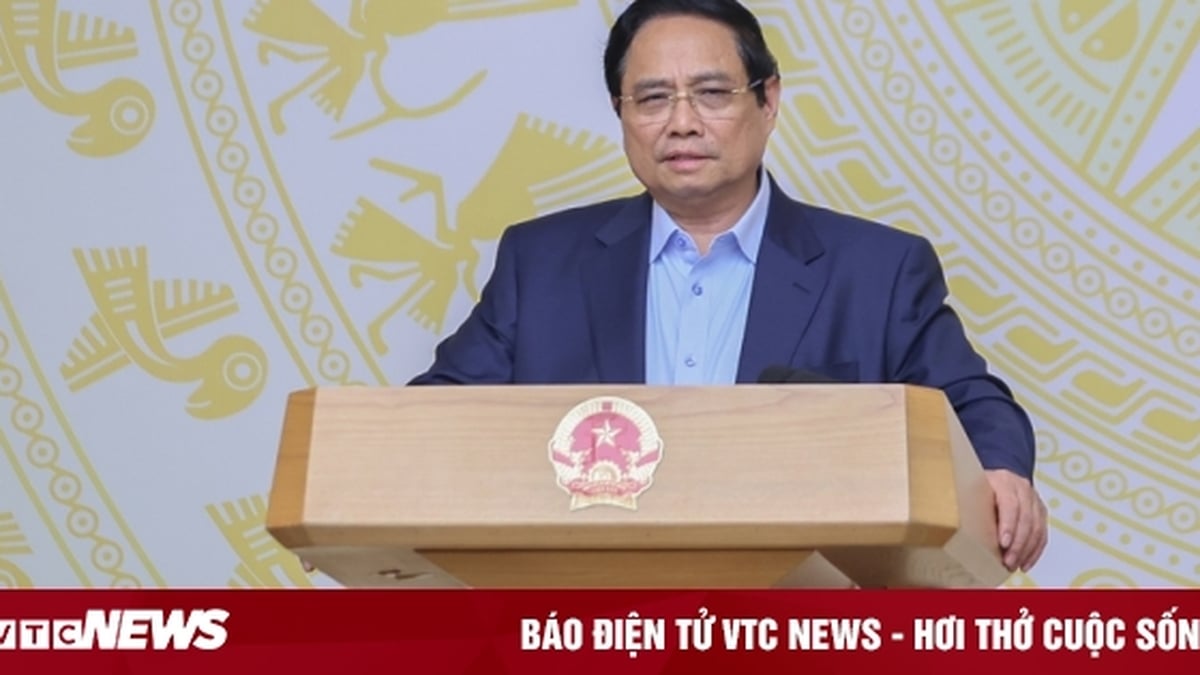


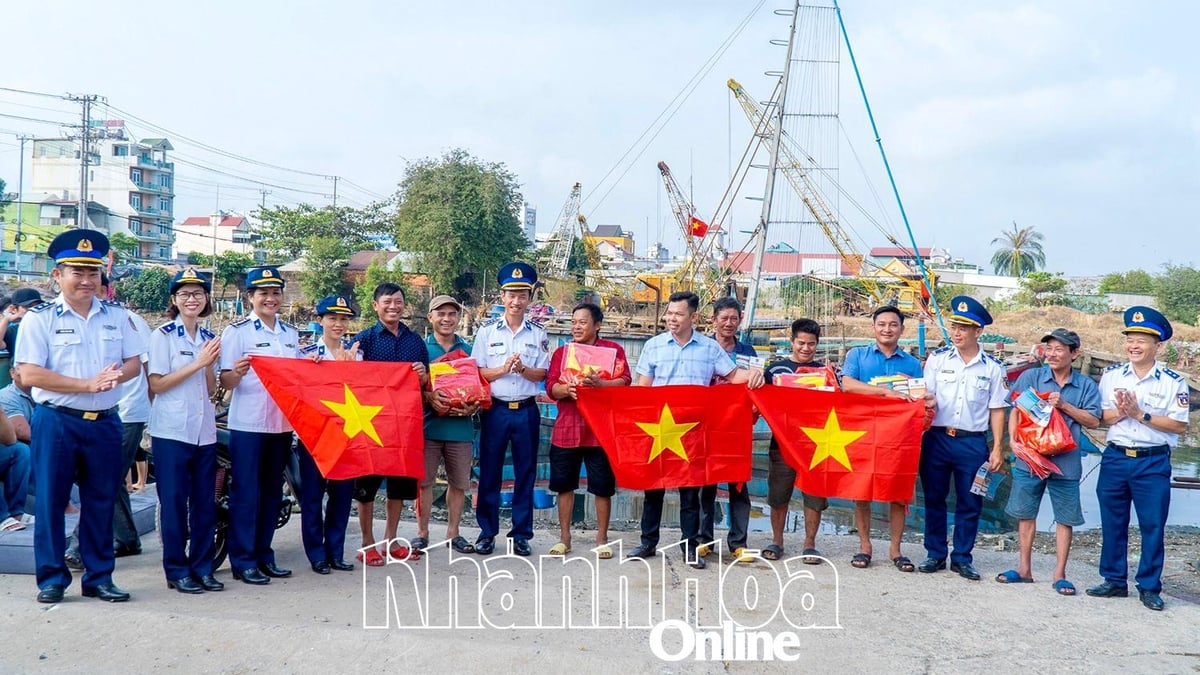





















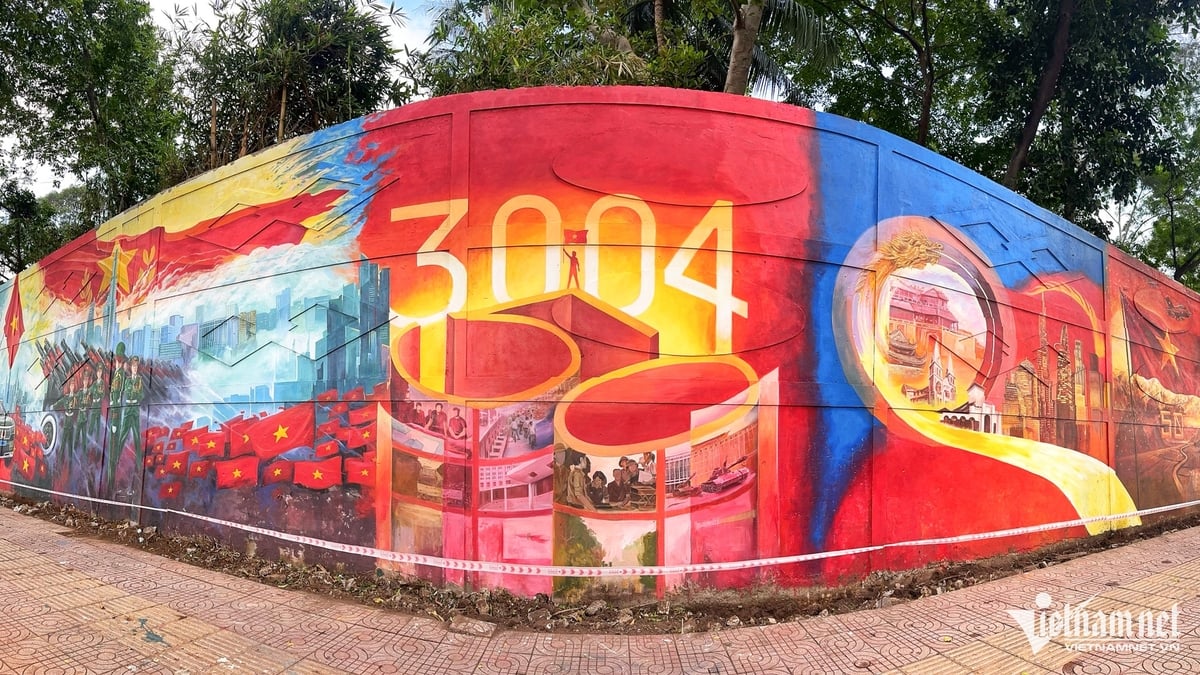







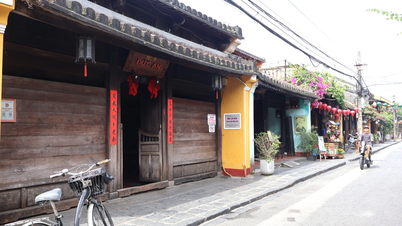

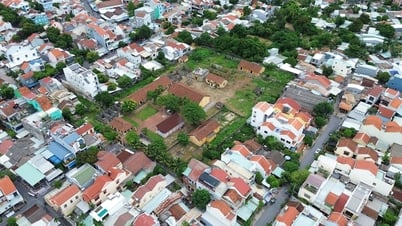

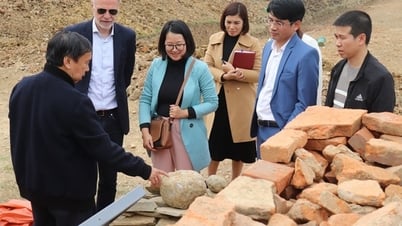












![[Maritime News] Two Evergreen ships in a row: More than 50 containers fell into the sea](https://vphoto.vietnam.vn/thumb/402x226/vietnam/resource/IMAGE/2025/8/4/7c4aab5ced9d4b0e893092ffc2be8327)

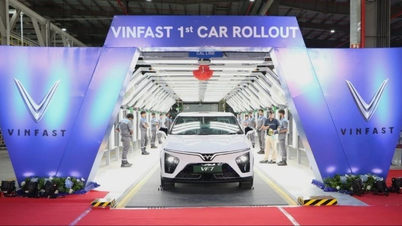






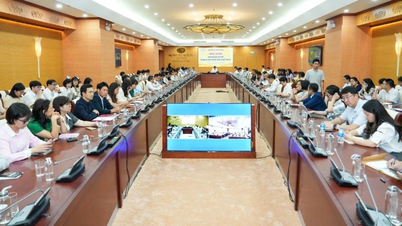

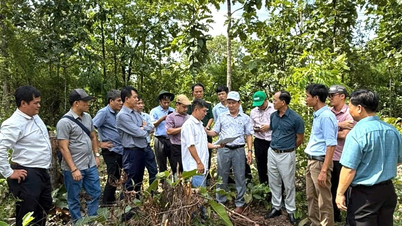


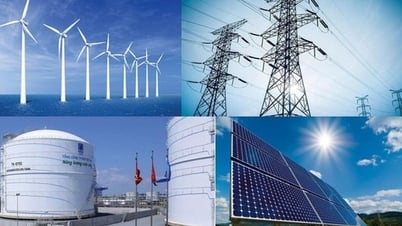






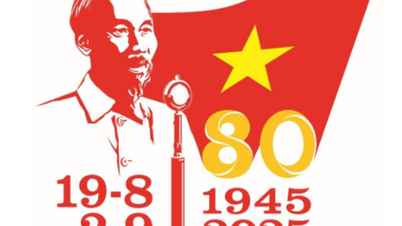

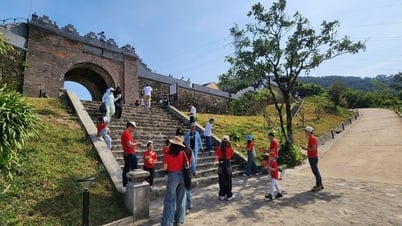





















Comment (0)